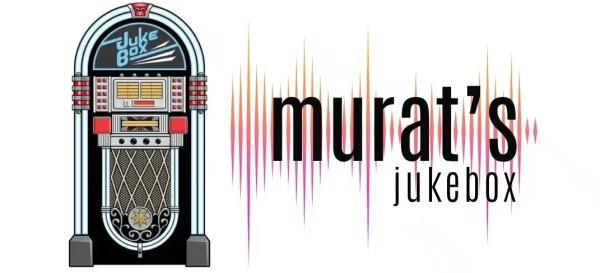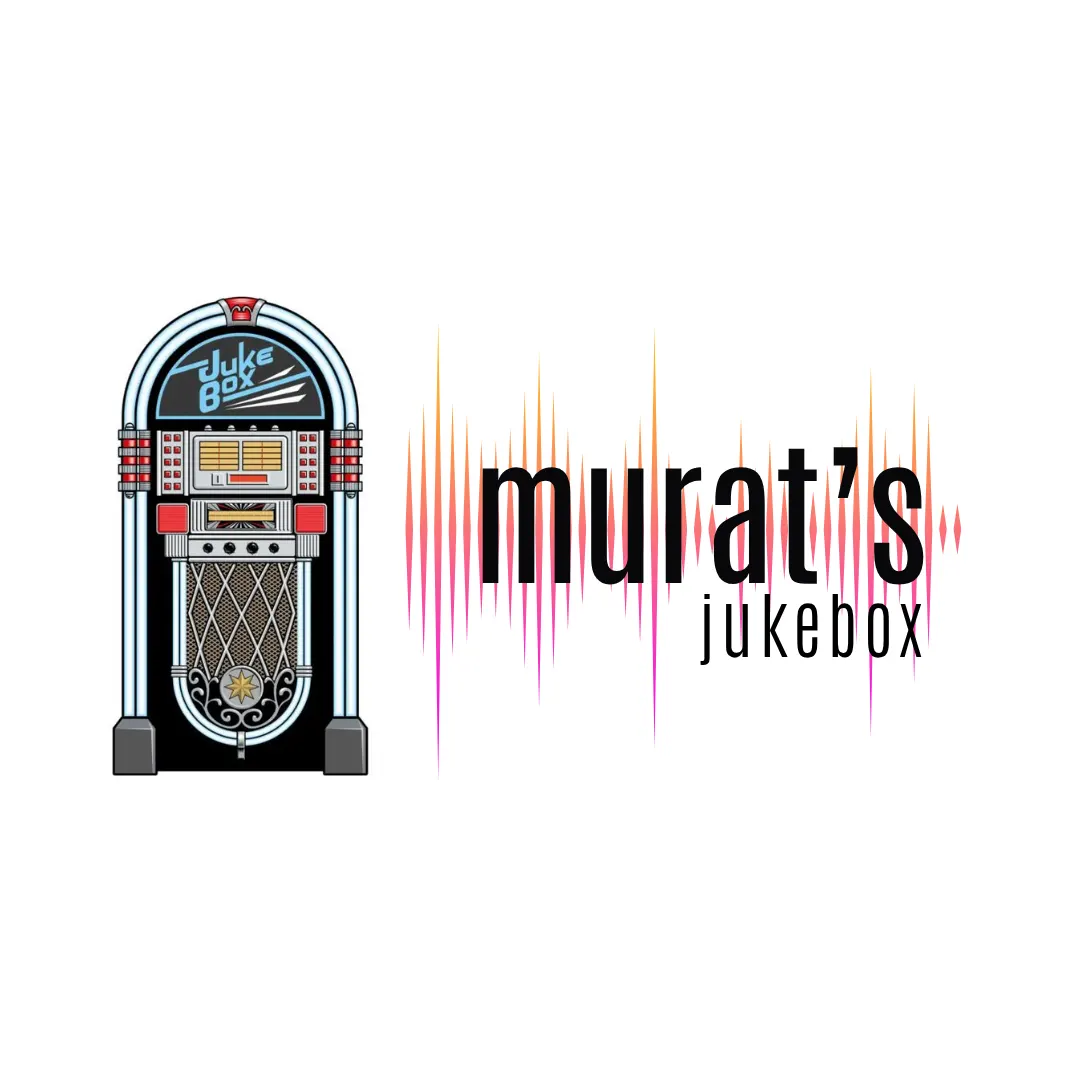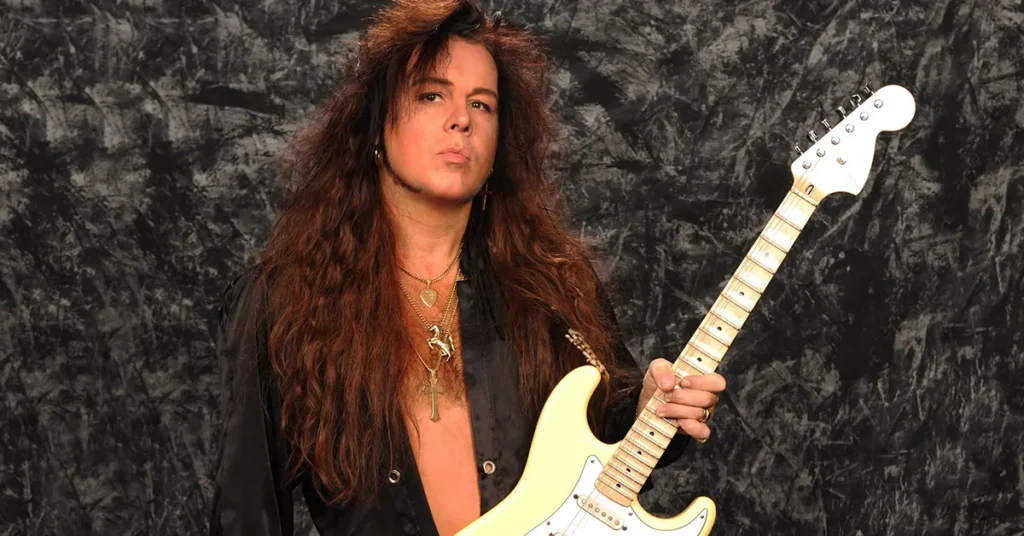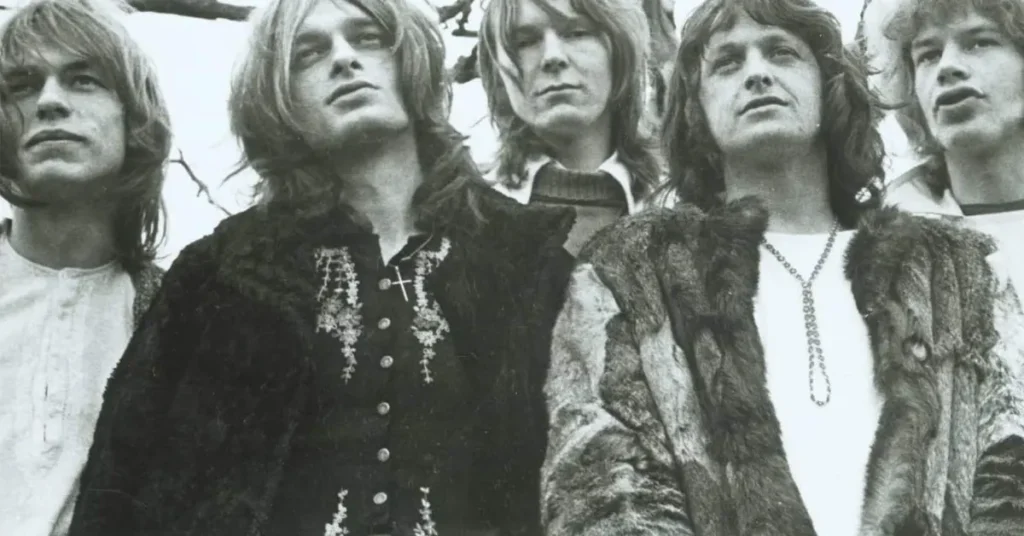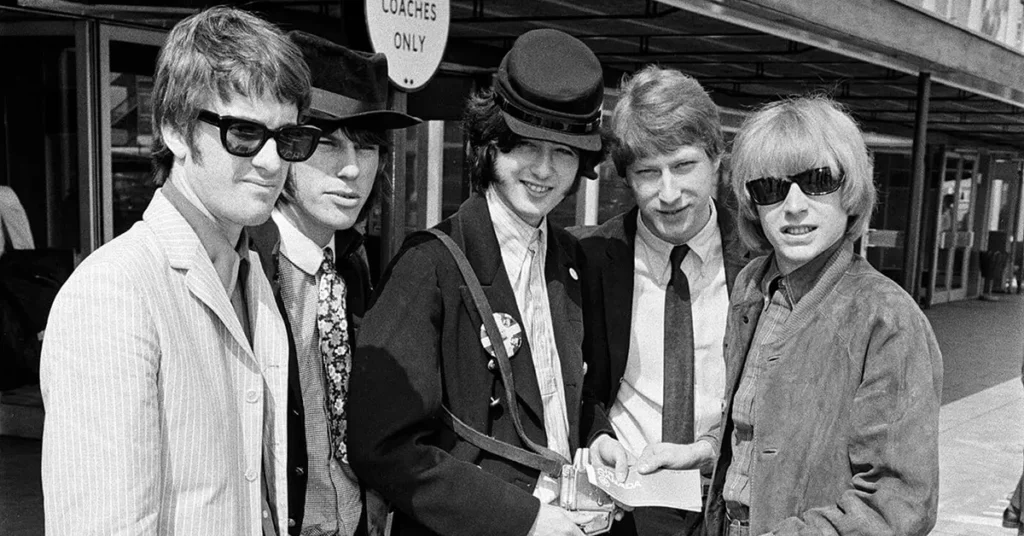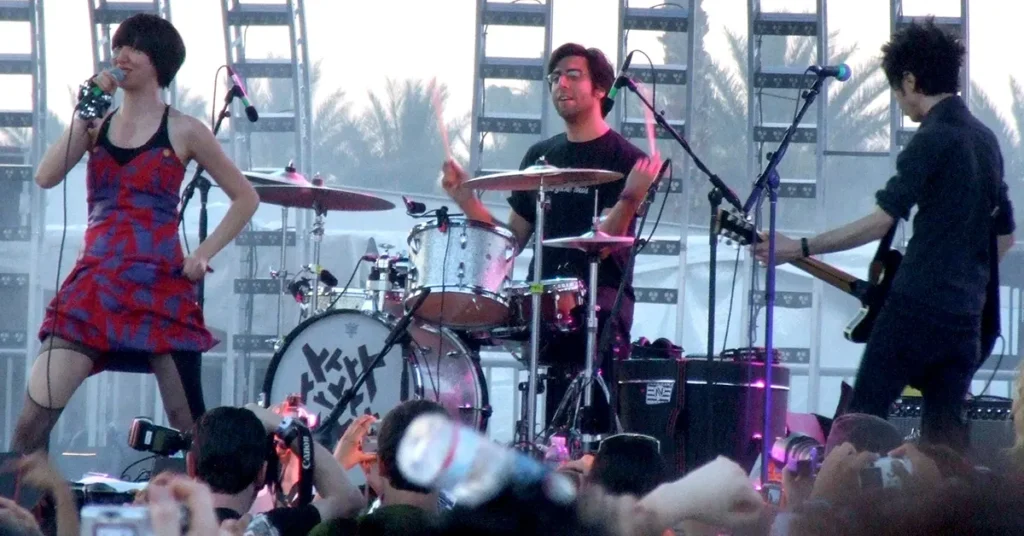Yngwie Malmsteen: The Maestro Who Brought Baroque to Metal
Early Life and Fiery Beginnings
Born Lars Johan Yngve Lannerbäck on June 30, 1963, in Stockholm, Sweden, Yngwie Malmsteen showed an early disinterest in mainstream music—until the age of 7, when he saw a documentary on Jimi Hendrix, whose flamboyant showmanship and guitar pyrotechnics lit a fire in the young Swede. But it was not blues that would define Malmsteen’s sound—it was the grandeur of classical music, especially the works of Niccolò Paganini, J.S. Bach, and Antonio Vivaldi.
Adopting his mother’s maiden name “Malmsteen,” he began developing a revolutionary fusion of baroque classical music with heavy metal, giving birth to what is now called neoclassical metal.
Shred Guitar Pioneer: Style and Technique
Yngwie’s hallmark is his jaw-dropping speed, precision, and use of classical scales, arpeggios, and harmonized passages that mimic orchestral flourishes. Among his most famous techniques are:
- Sweep picking
- Alternate picking at lightning speed
- Harmonic minor, Phrygian dominant, and diminished runs
- Violin-like vibrato and control
His playing often feels like a violin concerto translated onto electric guitar, with a Fender Stratocaster as his weapon of choice—usually cream-colored and scalloped along the fretboard for better grip and control.
Arrival in the U.S. and Breakthrough
Malmsteen sent demo tapes to Mike Varney, the founder of Shrapnel Records, who brought him to the United States in 1982. His first notable recording was with the American metal band Steeler, followed by a short stint with Graham Bonnet’s Alcatrazz, where his flamboyant style immediately stood out.
But it was clear Malmsteen was destined to be a solo act.
Solo Career: Explosive Debut and Prolific Output
Rising Force (1984)
Yngwie’s solo debut album, Rising Force, was an instrumental masterpiece that redefined what guitar music could be. Originally intended as a side project, it garnered a Grammy nomination and reached #60 on the Billboard 200, a rare feat for an instrumental guitar album.
Tracks like “Black Star” and “Far Beyond the Sun” remain staples of neoclassical guitar repertoire, showcasing his speed, control, and compositional flair.

Key Albums and Milestones
- Marching Out (1985): Featuring vocalist Jeff Scott Soto, this was a heavier, more vocal-driven follow-up to Rising Force, blending Dio-style metal with virtuoso guitar work.
- Trilogy (1986): Known for “You Don’t Remember, I’ll Never Forget,” this album introduced Mark Boals on vocals and became one of Malmsteen’s most commercially successful releases.
- Odyssey (1988): With Joe Lynn Turner on vocals, this more accessible album produced the hit single “Heaven Tonight” and helped Yngwie gain MTV airplay and broader recognition.
- Facing the Animal (1997): A darker, more mature album featuring legendary drummer Cozy Powell, showing Yngwie could evolve without losing his identity.
- Spellbound (2012): A return to instrumental form, where Yngwie played all instruments, further showcasing his compositional self-sufficiency.

Live Performances and Orchestral Projects
Yngwie’s live shows are theatrical and intense—featuring guitar spinning, amp destruction, and blistering solos delivered with surgical accuracy. His 1998 live album with the Czech Philharmonic Orchestra, Concerto Suite for Electric Guitar and Orchestra, proved he was more than just a shredder—he was a legitimate composer blending metal and symphonic music in a seamless way.
Legacy, Influence, and Criticism
Malmsteen’s influence on guitar playing is immeasurable. He inspired an entire generation of shredders including:
- Paul Gilbert
- Michael Romeo
- Jason Becker
- Tony MacAlpine
- John Petrucci
However, critics often cite his repetitiveness, ego, and a reluctance to evolve stylistically. Known for his unapologetic confidence (famously stating, “More is more”), Yngwie sees music as a realm where compromise dilutes artistic purity.
Despite mixed reviews from critics, his fans remain fiercely loyal, and his role in creating the neoclassical metal genre is indisputable.
Signature Gear and Sound
- Fender Yngwie Malmsteen Signature Stratocaster
- Marshall YJM100 Amplifier
- Scalloped fretboards for easier string control
- DiMarzio HS-3 pickups for low-noise, high-output tone
- Ferocious vibrato and whammy bar flourishes
His tone is instantly recognizable—thick, creamy distortion with pristine clarity that slices through mixes like a blade.

Discography Highlights (Selected)
| Year | Album |
| 1984 | Rising Force |
| 1985 | Marching Out |
| 1986 | Trilogy |
| 1988 | Odyssey |
| 1990 | Eclipse |
| 1994 | The Seventh Sign |
| 1999 | Alchemy |
| 2010 | Relentless |
| 2021 | Parabellum |
He has released over 20 studio albums, a feat matched by few solo guitarists.
A Legend Still Shredding
Today, Yngwie Malmsteen continues to tour globally, often as a solo headliner or part of G3 tours and guitar festivals. He maintains full control over his music, image, and legacy—acting as composer, performer, producer, and engineer for his records.
Despite decades in the business, his playing remains just as fast, precise, and passionate as ever.
